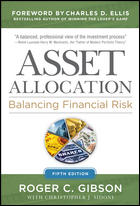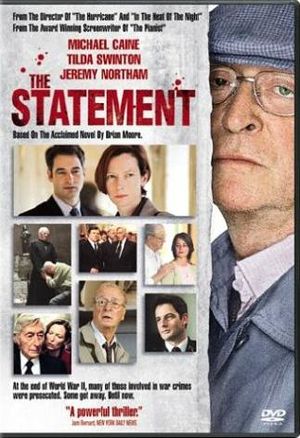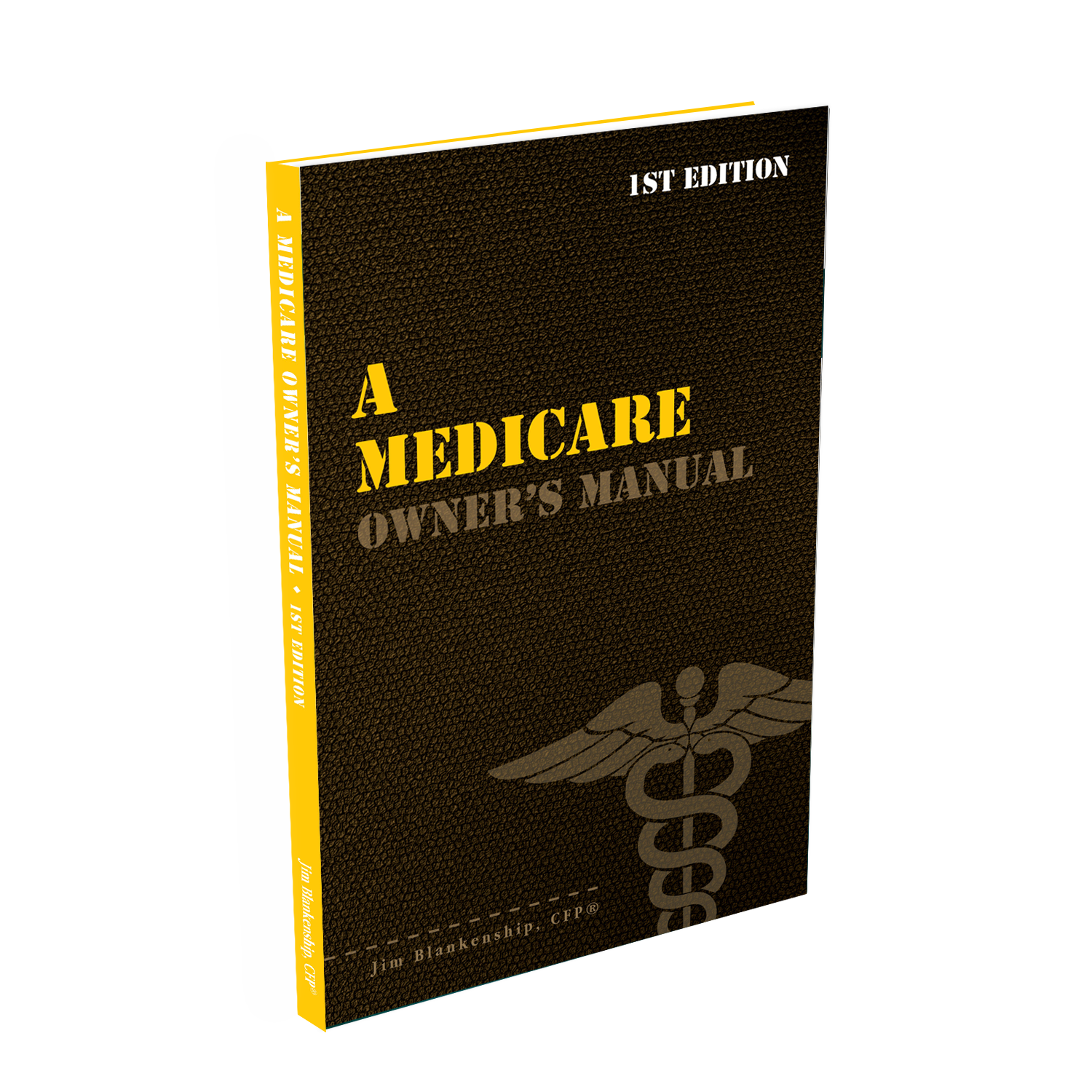
Single man (Photo credit: @Doug88888)
The decision of when to begin receiving Social Security benefits can be a bit daunting, because there are many things to take into account when making this decision.
The basic concept of the lifetime value of benefits taken at various ages is the most common thing to consider, when this is really not as important as you might think. This is especially true for single person – since the benefit reduction and increase factors are designed to achieve a similar lifetime result for the average lifespan.
In other words, if you are an average person with an average lifespan, it won’t make much difference at what age you file for benefits, as you’ll receive approximately the same amount by the end of your average life, whenever you begin receiving the benefits.
However.
Another factor that you need to keep in mind is how Social Security benefits are treated, tax-wise. At a maximum, your Social Security benefit will be taxed as 85% – for every dollar in Social Security benefits you receive, you’ll only owe income tax on 85 cents at most. At the other end of the spectrum, you may not be taxed at all on your Social Security benefits, depending on your total overall income.
For example, Jane, age 62, is retiring. She has a modest pension of $10,000 with a cost-of-living adjustment annually, and her annual expenses are $40,000 per year. Jane has an IRA worth approximately $300,000, and she has a Social Security PIA (benefit at age 66, her Full Retirement Age) of $2,000 per month.
Jane could take her Social Security benefit now, at age 62, at a reduced amount of $1,500 or $18,000 per year. If she did this and she’s receiving the $10,000 pension, she’d also need to withdraw approximately $15,000 from her IRA to make up the difference. When she has the income as described, she will incur income tax of approximately $2,478. This is the approximate amount of tax she’d have on her income for her life.
Another way to arrange Jane’s income would be for her to hold off on taking the Social Security benefits until later, and take more from her IRA each year to make up the difference. This would require withdrawals of approximately $35,000 per year from the IRA. Along with the pension income, this would result in annual taxes for Jane of roughly $4,800.
The good part is that, when Jane reaches FRA, age 66, she could start receiving Social Security benefits at the rate of $2,000 or $24,000 per year. At that point she could reduce her IRA withdrawal to approximately $6,000 per year – and because of the way Social Security is taxed, at this stage she would only have tax of $600 per year. None of her Social Security would be taxed, and this would remain the same for the rest of her life.
Had she delayed even further, to age 70 to begin receiving Social Security benefits, her total benefit would now be $31,680 due to the delay credits. At this point she would not need IRA withdrawals any longer, and she would have no income tax at all for the rest of her life.
Let’s shake up the details a bit more, with Joe’s situation: at age 62, he has annual expenses of $60,000, and a PIA of $30,000 per year – meaning he could receive $30,000 per year ($2,500 per month) if he files at age 66. Joe has an IRA worth $1 million, and no pension.
If Joe starts Social Security benefits at age 62, his benefit will be reduced to 75%, or $22,500. In order to achieve his $60,000 income requirement, he’d need to withdraw roughly $47,000 from his IRA, and his total income tax would be approximately $9,960 – and he’d have a similar tax for the rest of his life.
If Joe instead delays to age 66, his FRA, to begin receiving Social Security benefits, he’d need to take roughly $70,000 from his IRA for those four years, and his tax is approximately $10,928 for those years. At age 66 he’ll have $30,000 in Social Security benefits, which he would need to augment with IRA withdrawals of approximately $37,000. Tax on this income would be down to $7,253, which would be about the same for the rest of his life.
Delaying to age 70 would have an even more profound impact: At this stage Joe would be eligible for $39,600 in Social Security benefits, so he’d only need to withdraw roughly $24,000 per year from his IRA, and the total tax on this income would be down to $3,353 for the rest of his life. The dramatic decrease in tax is due to the fact that, at this income level, less than 50% of Joe’s Social Security benefits are taxed.
Other sources
It should be noted here that in the all of the examples for both Jane and Joe, there is always a possibility that their IRAs might run out of money in their lifetimes with these long-term IRA withdrawal rates. This is far less likely in the cases where they depend on a larger amount of Social Security benefits for income by delaying benefits to later ages.
The examples below don’t make assumptions about rate of return on the IRA assets, as we have also not made any assumptions about Cost-of-Living Adjustments or inflation – all to keep the figures simple to follow.
For the first example with Jane starting SS benefits at age 62 and withdrawing $15,000 per year, assuming that she lives to age 81 she’d need $285,000 in the IRA to start with. If she delays to age 66 to start benefits, her IRA would need to have approximately $230,000 to support her need of $35,000 for four years and then $6,000 for the remaining 15 years to age 81. Delaying to age 70, she’d need a total of $280,000 from her IRA to withdraw $35,000 for 8 years.
If she lives beyond age 81, in the first case she’s only got $15,000 left, and she needs to withdraw $15,000 each year to cover her expenses, or only one year. In the second case she has $70,000 left in her IRA, from which she needs to withdraw $6,000 each year, so it will last a little less than 12 years. In the last case, Jane has $20,000 left in the IRA, but she doesn’t need to withdraw anything at all – so in other words, her income is arranged to last for the rest of her life, with no limitation, plus no income tax!
For Joe – in the first case he’d need $893,000 from his IRA to get him to age 81. The second, he needs $835,000 – four years at $70,000 and 15 years at $37,000. In the last situation, Joe needs $560,000 for the first 8 years, and then $264,000 for the eleven years to age 81, for a total withdrawal of $824,000.
If he lives past age 81, he’s got $107,000 in the first case, from which he needs to withdraw $15,000 per year, leaving him with just over 7 years of withdrawals. In the second case, with $165,000 remaining in the IRA and an annual withdrawal of $37,000, leaving him with just over four years of withdrawals. In the last case, he has $176,000 and needs to withdraw $24,000 annually, or just over 7 years.
So in Joe’s case, he either needs to reduce his expenses or count on the fact that he’ll only live to age 88 (or 85). At any rate, his best outcome would occur by delaying to age 70 – because a larger amount of his required income is guaranteed since it’s Social Security benefits, rather than the finite IRA account which could run out during his lifetime.







































 Sterling Raskie, MSFS, CFP®, ChFC®
Sterling Raskie, MSFS, CFP®, ChFC® The latest in our Owner’s Manual series, A 401(k) Owner’s Manual, was published in January 2020 and is available on
The latest in our Owner’s Manual series, A 401(k) Owner’s Manual, was published in January 2020 and is available on  A Medicare Owner’s Manual, is updated with 2020 facts and figures. This manual is available on
A Medicare Owner’s Manual, is updated with 2020 facts and figures. This manual is available on  Social Security for the Suddenly Single can be found on Amazon at
Social Security for the Suddenly Single can be found on Amazon at  Sterling’s first book, Lose Weight Save Money, can be
Sterling’s first book, Lose Weight Save Money, can be  An IRA Owner’s Manual, 2nd Edition is available for purchase on Amazon. Click the link to choose the
An IRA Owner’s Manual, 2nd Edition is available for purchase on Amazon. Click the link to choose the  Jim’s book – A Social Security Owner’s Manual, is now available on Amazon. Click this link for the
Jim’s book – A Social Security Owner’s Manual, is now available on Amazon. Click this link for the  And if you’ve come here to learn about queuing waterfowl, I apologize for the confusion. You may want to discuss your question with Lester, my loyal watchduck and self-proclaimed “advisor’s advisor”.
And if you’ve come here to learn about queuing waterfowl, I apologize for the confusion. You may want to discuss your question with Lester, my loyal watchduck and self-proclaimed “advisor’s advisor”.